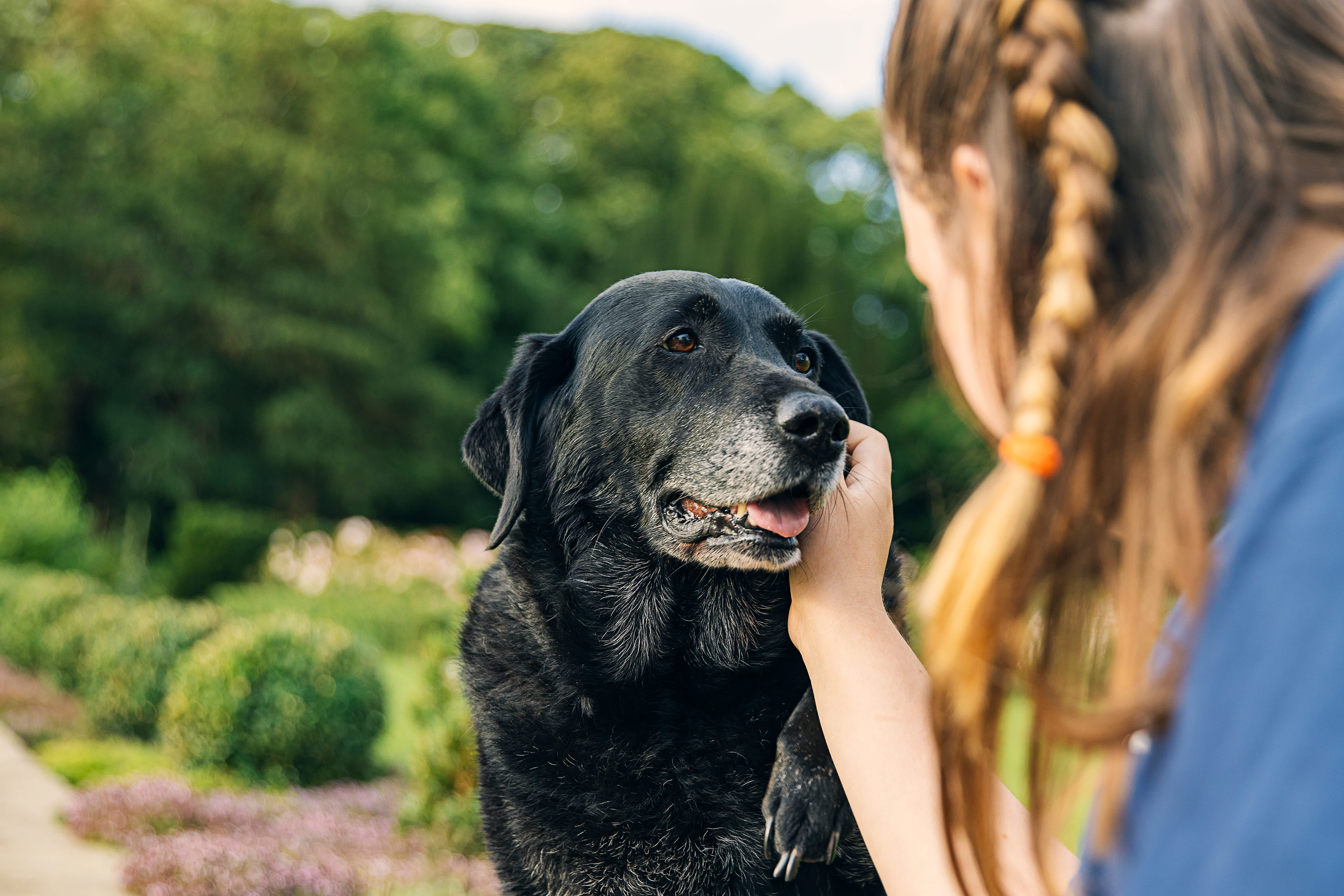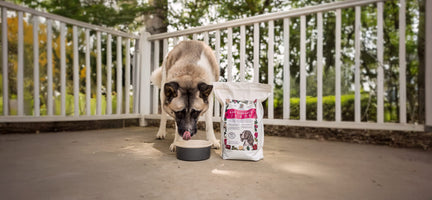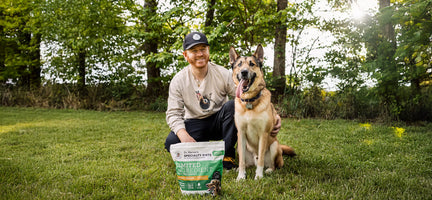Caring for an older dog can be challenging. It’s important to distinguish between a temporary health issue and when it’s something more. However, there are ways to make things easier for you and your companion.
Learn more about how to care for a 15-year-old dog and the signs of aging below.
How Old Is My 15-Year-Old Dog in Human Years?
Most people believe the old calculation that one human year equals seven dog years.
This is terribly inaccurate. Why? Because it’s too generalized.
A dog’s age depends on two critical factors: size and breed. Just like people, genetics play a significant role in a dog’s lifespan. Most people focus on size because it works for every dog regardless of breed. For example, smaller dogs tend to age more slowly and have longer lifespans than larger dogs.
The American Kennel Club provides an age guideline chart showing that small, medium, and large dogs should be considered around 15 years old in human years when they are one. For giant breeds, it’s 12 human years when a dog is one.
According to this guide, year two also makes a significant leap in years but slows down from year three and onward. So, from small to giant, a 15-year-old dog would be 76, 83, 93, and 114 years old in human years.
Signs of Aging in Dogs
There are a handful of signs of aging in dogs. Some are obvious, like graying fur, but others are more subtle. Difficulty Seeing As dogs age, their eyesight changes slowly, just as with humans. Indeed, some dogs can deal with the same eye problems as humans, like cataracts or glaucoma.
Signs of your dog’s sight changing for the worse include:
- Anxiety
- Bumping into things
- Cloudy eyes
- Lack of eye contact
- Reluctance to jump
- Easily startled
- Struggling to find things
Hearing Loss
Dogs can also start to lose their hearing as they age due to degenerative changes in the nerves of the ears. It’s more common for dogs to begin losing hearing of certain pitches. For example, an older dog may not be able to hear high-pitched sounds like a woman’s or child’s voice but can still hear a man’s deep voice.
If your elderly dog seems more anxious or ignores you, it’s worth checking their ears.
Bad Breath
While dogs aren’t known for having minty-fresh breath, there is a difference between “dog breath" and “bad breath.” Bad breath can indicate various mouth issues like gum disease, infection, or tooth decay. As dogs get older, they become more vulnerable to these problems.

Lower Physical Activity Level
Senior dogs lack the energy they used to have, and it’s reflected in their actions. Things like jumping, running for long periods, and roughhousing won’t happen as often. They’ll also nap more to replenish their energy.
Mobility Issues
Along with slowing down, you may notice mobility issues with a senior dog. Jumping onto the couch, going up and down stairs, and the ability to walk across smooth surfaces may become more difficult.
These mobility issues are due to older dogs’ muscles becoming weaker. It’s common for elderly dogs to develop joint problems like arthritis, making movements difficult and painful.
Behavior Changes
We’ve touched on behavior changes in other signs of aging, but here’s a complete list of potential behavior changes your dog could experience:
- Confusion
- Fearfulness (even regarding people or things they’re familiar with)
- Barking more
- Being more clingy
- Forgetting commands
- Increasing anxiety
- Pacing at night
- Peeing or pooping in the house
- Repetitive actions
5 Ways to Care for an Older Dog
Here are some easy ways to care for your 15-year-old dog.
1. Proper Nutrition
The best way to care for an aging dog is to give them proper nutrition. As they age, their needs change, and getting all their nutrients is crucial to maintain their health. The best way to do this is with a whole-food diet providing all the nutrients that protein sources, vegetables, and fruits offer.
Depending on your dog’s health issues, you may need to adjust their diet. For example, digestion and kidney problems often develop in senior dogs.
Luckily, Dr. Harvey offers whole-food dog mixes to help keep your furry friend healthy and happy. Here are some satisfied pet parents sharing what a difference a change in diet made for them:
“My fifteen-year-old dog Otto was diagnosed with kidney disease almost two years ago. My vet insisted that he needed to be on a prescription diet even though I do not like the ingredients in these diets. This diet was high in fat and he developed pancreatitis. She then put him on another prescription diet which caused stomach upset.
I am glad that I found Dr. Harvey’s Canine Health. My dog has been on this since about August, 2016. His kidney blood test indicators stabilized while they were actually increasing on the prescription diet. His creatinine values have been steadily decreasing since he started Canine Health. My dog loves Canine Health. He is energetic, and his coat looks great. After using this food for a while, I brought him to a new vet, and she was really surprised that he was as old as he is!”





